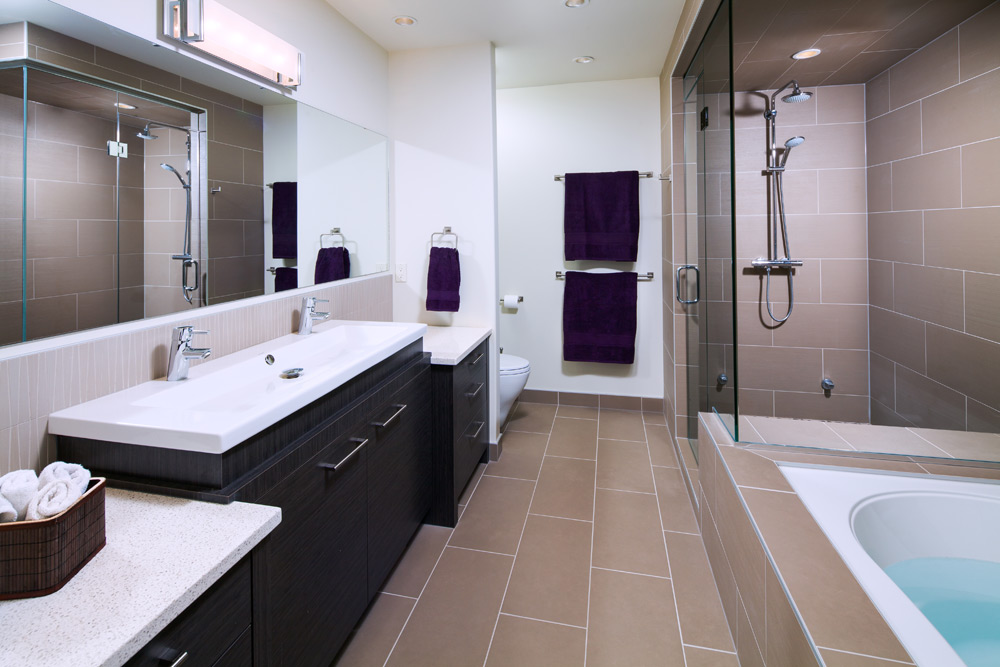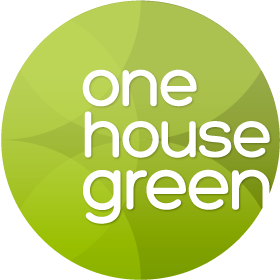Third party rating organizations are organizations affiliated with green rating systems that ensure that proper steps are taken (by the builder) to achieve the desired target level in the selected system.
There are a number of green rating systems in Canada at the moment. All delivering slightly different levels of emphasis on the important issues of green building. These are just a few.
Environment Canada operates “Energuide” and “R-2000”. The Canadian homebuilders association offers “the built green” program. The Canadian green building council (CAGBC) in association with the United States green building council (USGBC) offer the leadership in energy and environmental design (Leed) program. And most recently brought to Canada is the passiv haus system from Germany or in English passive house. In addition to these there are dozens more all trying to do essentially the same thing. Ensure that the initial concept, specifications, and finished product all meet certain level of green with respect to indoor air quality, energy efficiency, and environmental stewardship.
I have listed them in order of involvement and level of severity with respect to, how stringent the program is toward being more green.
Energuide: this program is run by natural resources Canada. Is what I would refer to as an entry-level certification program. They rate the house based on a point system out of 100, with a heavy emphasis being placed on the “blower door” test for air tightness. I believe it is possible to achieve an Energuide number greater than 100 but it would require the house to produce more energy than it consumes.
R-2000: this program is also run by natural resources Canada, and is a mid-level certification program. Its main area of focus is on energy efficiency with a higher (than Energuide) focus being placed on the “blower door” test. To achieve R-2000 certification the “blower door test” must not exceed 1.5 uncontrolled air changes per hour. I don’t believe there are any levels with the R-2000 system, either the house is or is not R-2000 certified.
Built Green: I believe this program was founded by the (western) Canadian homebuilders association, currently available in British Columbia and Alberta. This is a mid to upper-level certification program with greater emphasis being place on environmental factors other than energy efficiency.
Built green is a point-based system with 4 level of potential achievement for the house: bronze, silver, gold, and platinum. As a note the Energuide rating system for energy efficiency also factors in to this system. The achievement level of the home is attached to the lower of either, point accrued or of the blower door test. Looking past the obvious flaw of having an organization founded by a building association ensuring that that associations members are doing a good job, this system is very good, and takes some real effort on a builders part to consistently rate houses at a high level.
Leed: formed by the USGBC, Leed has been and will continue to be the premier accreditation system for buildings of all types not just houses. The Leed for homes process involves eight categories: design, location, sites, water, energy, resources, indoor air quality, and education. The system is level/ point based with 4 levels: certified at 45 points, silver at 60 points, gold at 75 points, and platinum at 90 points with a maximum point total available of 136.
As mentioned this is the most widely recognized rating system out there today. To be able to say that you have achieved a gold or platinum level on a Leed project is proof of your commitment to green building.
Passivhaus: passivhaus is not as well known in North America but has been around for about 20 years in Europe. The standard was devised in the 1990s by a German physicist, dr. Wolfgang feist, and is based on some very stringent limits on the amount of energy consumed. As an example a passive houses entire energy usage will be less than most houses electrical usage. This is achieved through super insulating the structure (as well as basement slabs), passive solar design incorporating thermal mass, and an extremely tight building envelope, 0.6 uncontrolled air changes per hour. That is almost one-third the r-2000 threshold, for comparisons sake. I believe that I read somewhere that some passive house houses don’t have centralized heat, but rely strictly on the passive solar design in combination with a lot of insulation, and the heat from cooking and the occupants to keep it warm.
One House Green is a registered builder with Energuide, R-2000, and Built Green. That is to say at this time we have taken the training required for these systems but have not completed enough houses to be considered certified.


